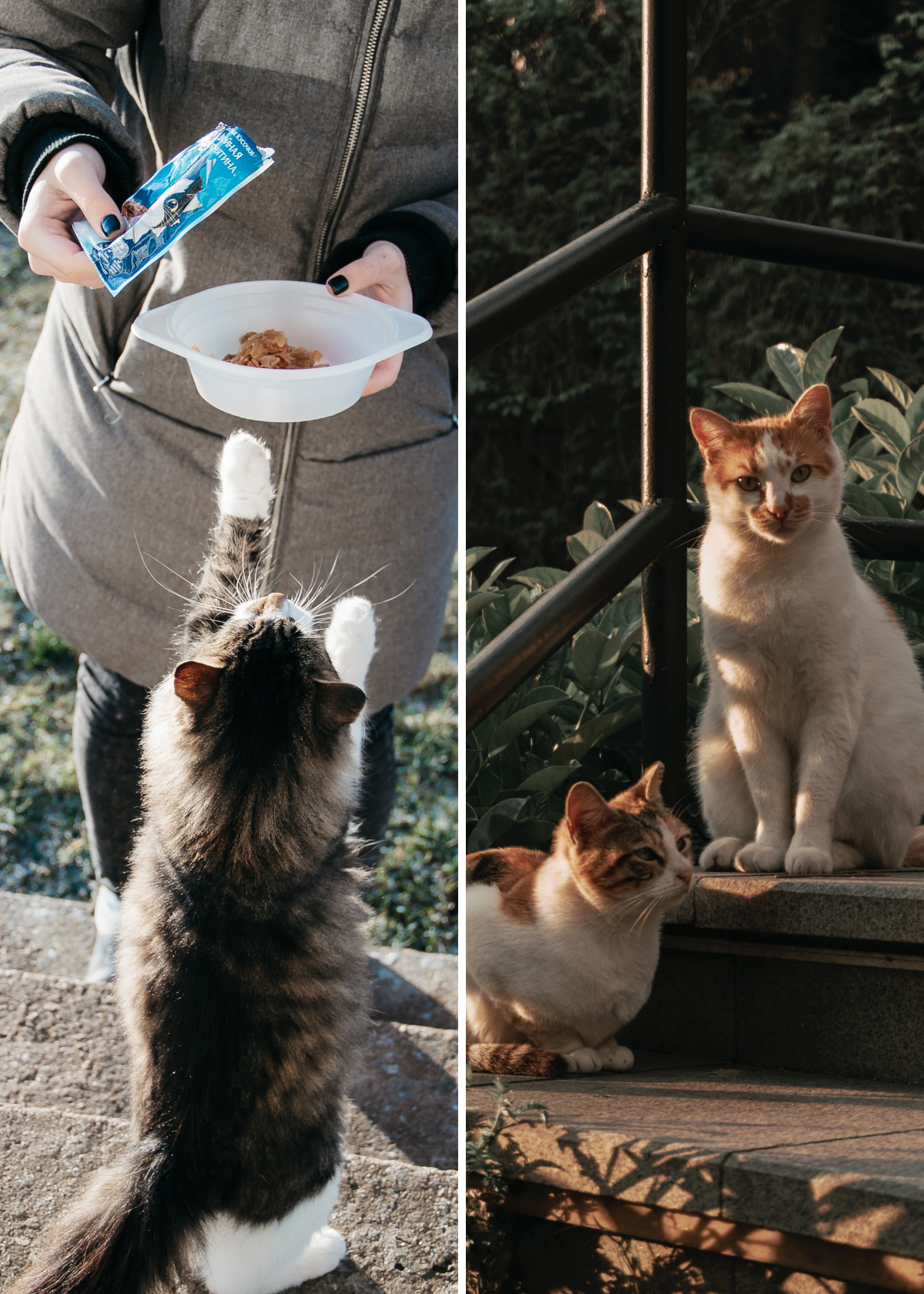For cat lovers who enjoy the great outdoors, having a feline companion that thrives in an outdoor environment can be a rewarding experience.
While many cats are content to stay indoors, there are certain breeds that possess the instincts, characteristics, and adaptability to excel as outdoor cats.
In this comprehensive guide, we will explore the best outdoor cats, their unique traits, and essential tips for providing them with a safe and enriching outdoor experience.
The Outdoor Cat Lifestyle:
Outdoor cats, often referred to as "adventure cats," relish the freedom and stimulation that the outdoors provide. Unlike indoor cats, outdoor cats have the opportunity to explore, engage in natural behaviors like hunting, climbing, and socializing, and experience the sights, sounds, and scents of the environment. However, it's important to understand that outdoor living also comes with its challenges, such as potential exposure to hazards and wildlife encounters. Choosing the right breed and preparing for their outdoor life is essential to ensure their safety and well-being.
Best Breeds for Outdoor Living:
While most cats can adapt to an outdoor environment, certain breeds are better suited for an active and adventurous lifestyle. Here are some of the best breeds for outdoor living:
- Maine Coon: Known for their large size, bushy tails, and friendly personalities, Maine Coons are excellent outdoor cats. Their robust nature, thick fur, and love of water make them well-equipped to handle various weather conditions.
- Bengal: With their wild appearance and energetic temperament, Bengals thrive in outdoor environments. They have a strong prey drive and love to climb, making them ideal adventure companions.
- Abyssinian: Highly intelligent and agile, Abyssinians enjoy outdoor exploration and are skilled hunters. Their short coats make grooming easier for outdoor living.
- Savannah: As a hybrid between a domestic cat and a serval, Savannah cats possess an adventurous spirit and high energy levels. They require plenty of space to roam and explore.
- Siberian: Originally from the cold climate of Russia, Siberian cats have thick, water-resistant fur, making them well-suited for outdoor living, even in colder regions.
- Sphynx: While the hairless Sphynx may seem like an unusual choice, they can thrive as outdoor cats in warm climates with proper sun protection and regular skin care.
Preparing for Outdoor Life:
Transitioning a cat from an indoor to an outdoor lifestyle requires careful planning and consideration. Here are essential tips to ensure a smooth and safe outdoor experience for your feline friend:
- Gradual Introduction: If your cat is not used to outdoor living, start by introducing them to the outdoors in a controlled manner, such as supervised outings on a leash or within a secure cat enclosure.
- Neutering or Spaying: Ensure your cat is neutered or spayed before allowing them outdoors to prevent unwanted litters and reduce territorial behaviors.
- Vaccinations and Health Checks: Keep your cat's vaccinations up-to-date to protect them from common outdoor diseases and parasites. Regular vet check-ups are crucial to monitor their overall health.
- Identification: Outfit your cat with a collar and ID tag containing your contact information. Additionally, consider microchipping your cat as a permanent form of identification.
- Cat-Friendly Environment: Create a cat-friendly outdoor space with plenty of hiding spots, elevated perches, and places to sunbathe.
- Safe Enclosures: If your outdoor area is not entirely secure, consider investing in a cat enclosure to offer your feline companion a safe and supervised outdoor experience.
- Regular Feeding Schedule: Continue to provide your outdoor cat with regular meals, as they may not be as successful at hunting as they would be in the wild.
- Environmental Enrichment: Provide toys, puzzles, and interactive playtime to keep your cat mentally stimulated when indoors.
Outdoor Safety and Hazards:
Outdoor life exposes cats to various risks, including traffic, predators, poisonous plants, and other hazards. Take these precautions to minimize potential dangers:
- Supervision: Supervise your cat during outdoor excursions, especially in unfamiliar areas.
- Safe Crossing: Teach your cat to cross the road safely or opt for a cat enclosure to avoid road-related accidents.
- Wildlife Awareness: Be mindful of wildlife in your area, and ensure your cat's presence doesn't disturb or harm local fauna.
- Plant Safety: Remove any toxic plants from your outdoor space and discourage your cat from munching on unfamiliar foliage.
- Parasite Prevention: Protect your cat against fleas, ticks, and worms through regular veterinary care.
Conclusion:
Choosing the best outdoor cat for your lifestyle requires careful consideration of the breed's personality, adaptability, and individual needs.
While some cats thrive outdoors, it's essential to prioritize their safety, well-being, and health by providing a cat-friendly environment, proper identification, and supervised outdoor experiences.
Whether you have a Maine Coon, Bengal, Abyssinian, or any other adventurous breed, with the right preparation and precautions, your outdoor cat can lead a fulfilling and enriching life amidst nature's wonders.
Check out the Best Smart-Feeders for furry friend!
Thanks for Techin-IN!
Becky








